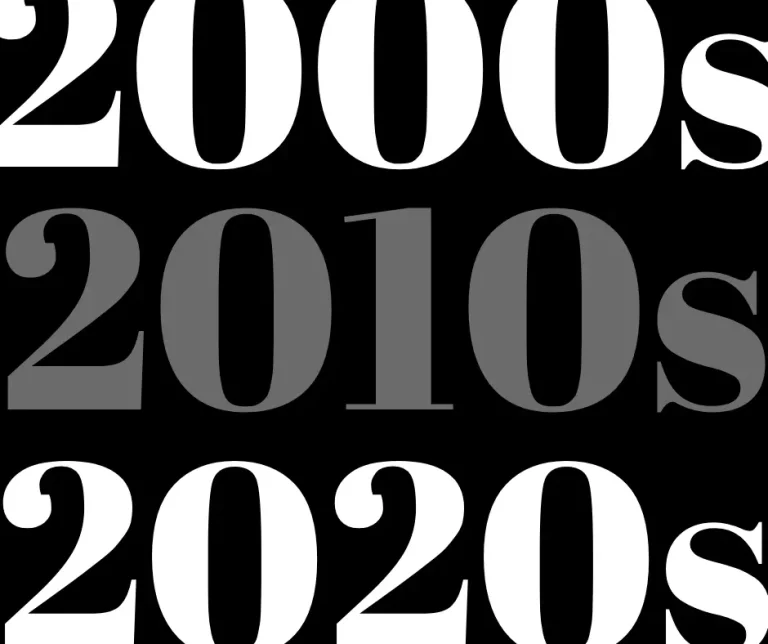For the first time in eight years, the Atlantic hurricane season in 2022 is unlikely to begin early after a small Gulf of Mexico disturbance went inland Sunday night before it could develop. The National Hurricane Center highlighted its first outlooked area of the 2022 season Sunday afternoon as a tiny area of low pressure formed over the central Gulf of Mexico.
This low, dubbed Invest 90L by meteorologists for a tropical disturbance under observation, swept ashore late Sunday night near the Alabama-Florida line.
Despite its tiny size, the disturbance caused occasional wind gusts of 40 to 60 miles per hour along the northern Gulf Coast. At Pensacola Beach, Florida, a wind sensor on the roof of a fire station recorded a 59-mph gust.
From May 22 through the early morning of May 23, 2022, radar and infrared satellite animation show the advancement of the Gulf disturbance. The NHC is not monitoring any additional probable tropical development zones in the Atlantic Basin. If this continues through the end of the month, it will end a run of seven consecutive Atlantic hurricane seasons in which at least one named storm formed before the season’s “official” start on June 1.
Tropical Storm Ana
Tropical Storm Ana formed east of Bermuda in May of last year. Arthur and Bertha, two tropical storms that hit the Carolinas in May 2020, drenched the region. In recent years, it hasn’t only been May. Tropical Storm Arlene formed just days after Easter in the central Atlantic Ocean five years ago, one of just three April Atlantic storms on record. In late May 2016, Tropical Storm Bonnie flooded the coast of the Carolinas. However, eastern Atlantic Hurricane Alex, only the second documented Atlantic hurricane in January, came before it. Alex eventually made landfall as a tropical storm in the Azores. Not all of these recent early storms kept away from land, as you can see in the track map below.
Since the start of the 2015 hurricane season, nine named storms have formed before June 1. Each track’s black parts show when the storm was a remnant or before it grew into a depression or storm.
Preseason Storms Can’t Predict the Season
The Atlantic hurricane season officially stretches from June 1 to November 30. According to NOAA’s Hurricane Research Division, that period range encompassed 97 percent of all Atlantic tropical storms and hurricanes. In May and December, a modest number of tropical storms, including hurricanes, have occurred, as seen in the graph below.
The number of named storms and hurricanes per day in the Atlantic Basin from 1944 to 2020. The traditional summer season runs from June to November, as indicated by the arrows.
So, what does it indicate if there isn’t a hurricane before June 1 in the 2022 hurricane season? To find an answer, we examined all hurricane seasons in the satellite era, from 1966 to 2021, to see if they produced at least one storm before June 1st. As you might guess, the 17 seasons with at least one named storm before June 1 had three to four more storms on average than the 38 seasons with no preseason storm. However, when comparing seasons that began early vs those that did not, the number of hurricanes and big hurricanes (Category 3 or stronger) was nearly the same in each.
Seasons with at least one storm before June 1 (red bars) and those without (purple bars), as compared to the 1991-2020 average (yellow bars) from 1966 to 2021.
While the previous six early-starting hurricane seasons generated more storms and hurricanes than typical, the 2015 season only produced 11 storms and four hurricanes, owing in part to an increasing El Nio.
Storm Alex
On the other hand, Alex, the first storm of the 2004 season, didn’t become a tropical storm until August 1. But then came a remarkable hurricane season in which Florida was hit by four hurricanes: Charley, Frances, Ivan, and Jeanne. As a result, the presence or absence of a pre-June 1 storm for the hurricane season provides little helpful information. Even if there aren’t any storms for a time, there are signs that another strong hurricane season is on the way, including the possibility of a triple-dip La Nia, which would minimize shearing winds, which are harmful to tropical development.
According to data published by the National Hurricane Center, the first Atlantic Basin storm regularly formed on June 20 from 1991 through 2020. It’s a good reminder that well before the season’s first storm or hurricane, now is a good time to establish or renew your hurricane plan. The primary journalistic purpose of The Weather Company is to cover breaking weather news, the environment, and the value of science in our lives. The position of our parent company, IBM, is not necessarily reflected in this piece.






